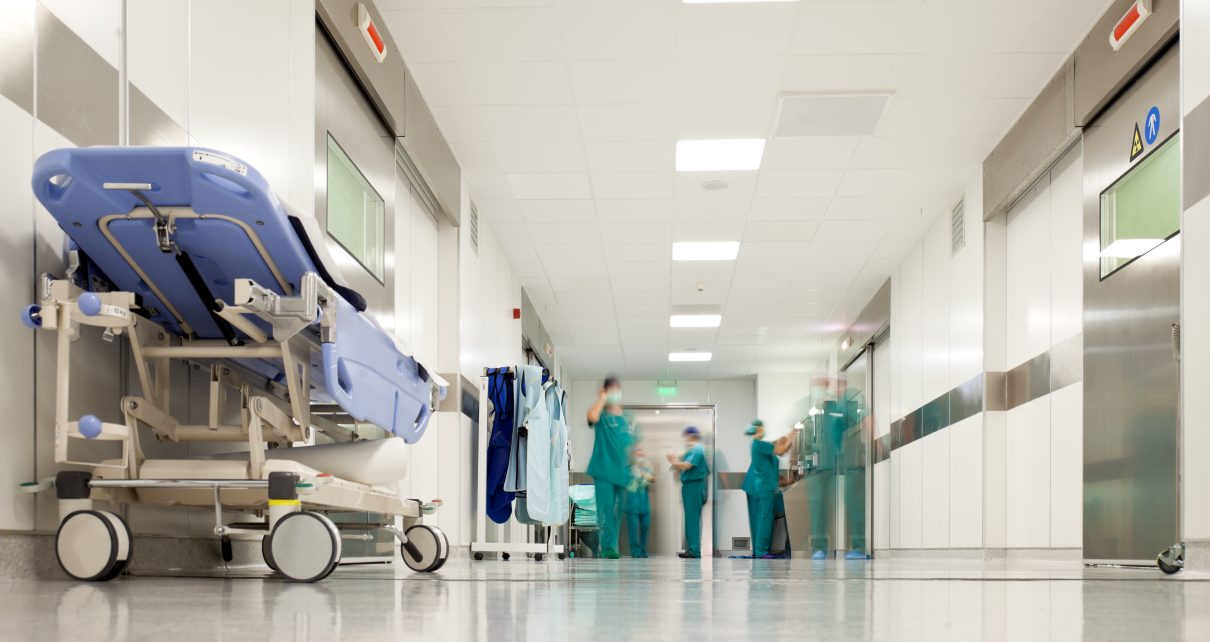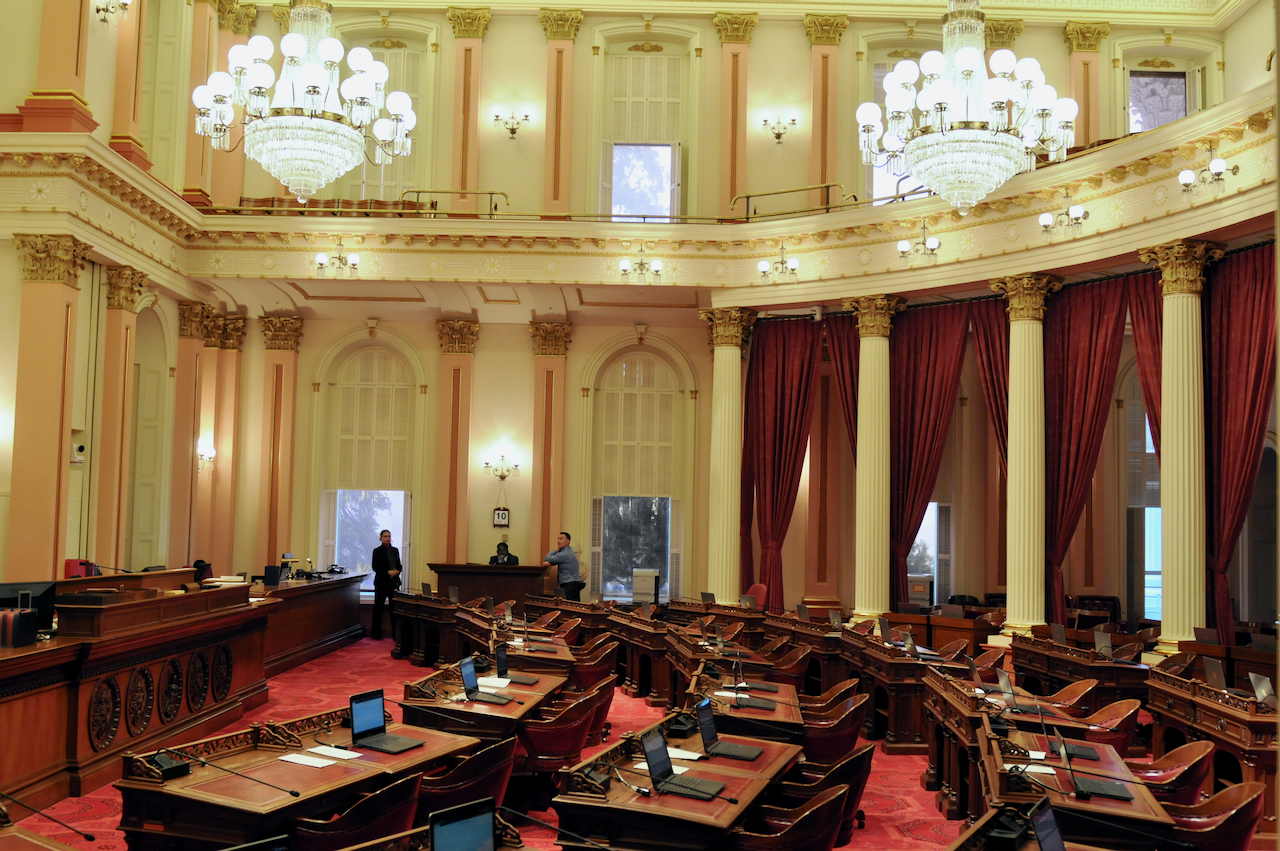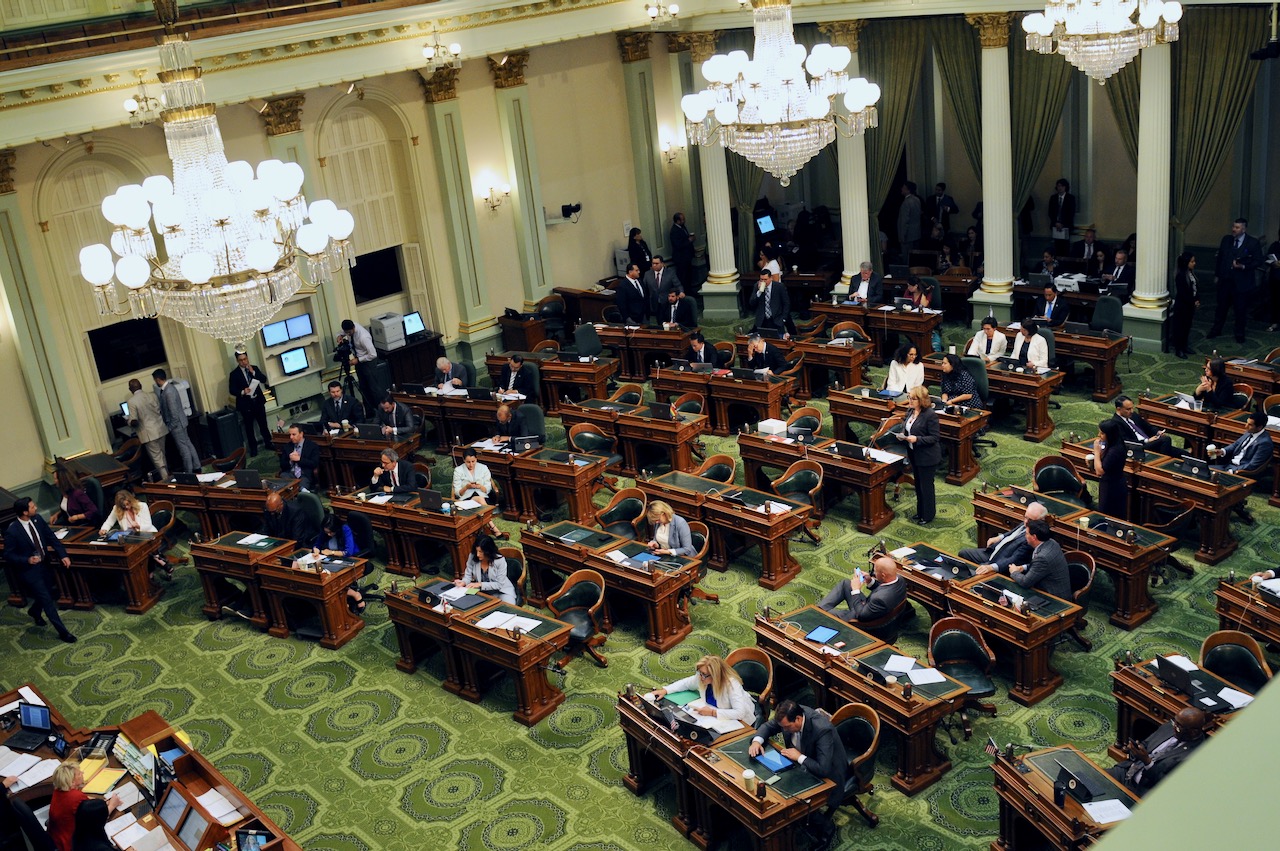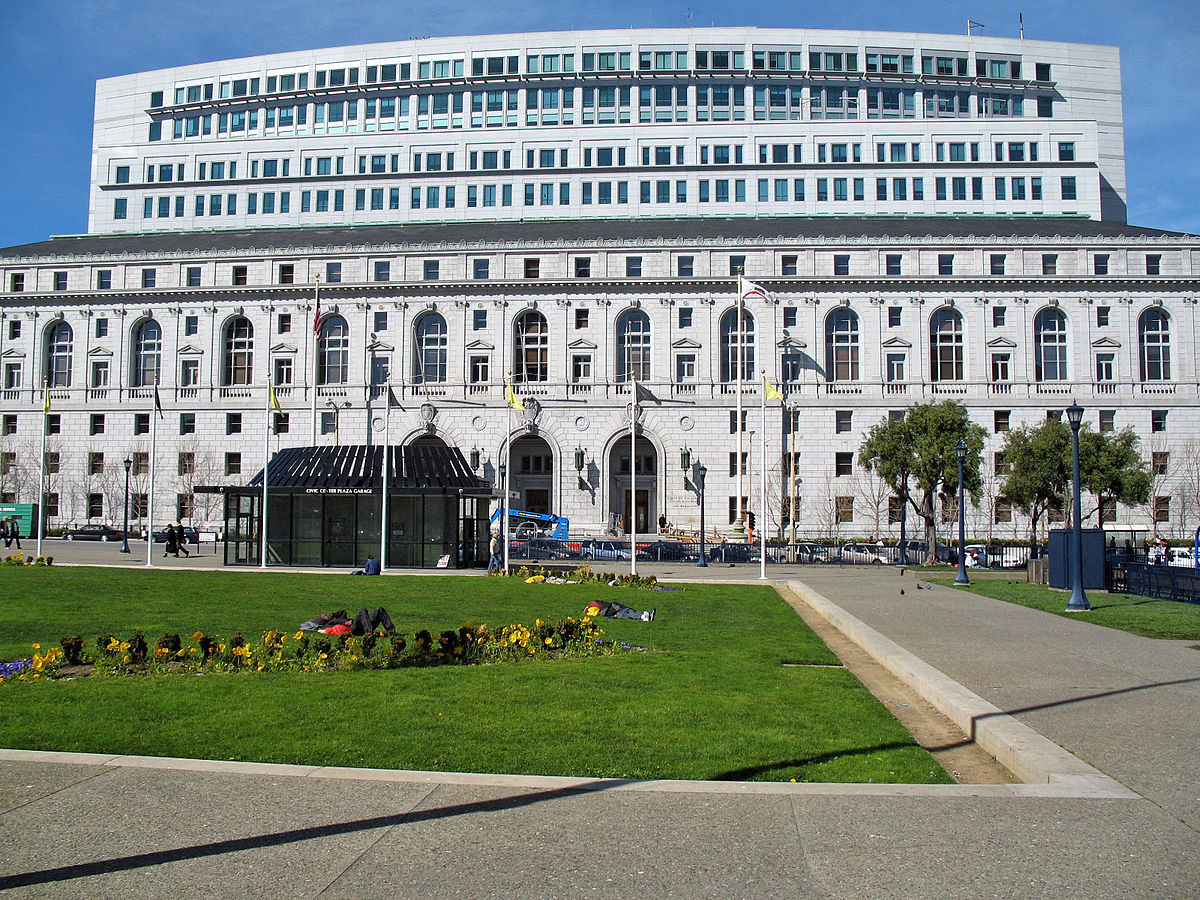
Hospital hallway, emergency room. (Photo: VILevi, Shutterstock)
California Healthcare is Flatlining
Hospitals experienced a 39% increase in patient population with a 0% increase in Medi-Cal compensation
By John Maniaci, July 29, 2023 7:20 am
It seems like year after year the wait is longer and the next appointment is further away. Doctors are coming and going, no one remembers the chart from the last visit, and the system is no longer focused on the patient’s health but instead on pushing out numbers and crunching times to stay afloat. How do our hospitals, which seem so large, end up struggling for profitability?
The struggle to stay afloat started in 2012 when the California Legislature froze the compensation rates for Medi-Cal reimbursement. No adjustments for inflation were allowed and no considerations were given to the future costs of medicine. This freeze came in the middle of the state backfilling the Medi-Cal reimbursement from the recession cuts made back in 2009-2010, causing double the impact on hospitals as the state forced acceptance of Medi-Cal coverage in the Emergency Rooms at 74 cents on the dollar.
Adding insult to injury, the government decided to mandate in statute increased coverage in medical services, increased wages and employer requirements, and drove up the costs of pharmaceuticals through increased regulations and mandates. In a span of just three years, hospitals were forced to absorb a 22% increase in labor, 19% increase in pharmaceutical, and 18% increase in medical supply costs. The response from the Legislature in attempting to increase Medi- Cal compensation was a cold shoulder.
Hospitals operated on a 2% margin of cost to revenue operation in 2019. During this same time most hospitals were keeping afloat and were seeking new creative ways to work with high burnout rates for physicians and minimizing costs on staff, to stay within that frozen compensation rate. Hospitals are now operating on a -2% margin of cost to revenue in 2022. This has resulted in 52% of hospitals in the state operating in the red, and 20% endangered of closing and shutting down without any cash on hand to pay employees.
While California struggles to afford care for its own citizens, the Legislature has expanded access to Medi-Cal to the undocumented and out-of-state persons who come to this state. Hospitals have witnessed the complete ballooning of patient numbers relying on these frozen, 74 cents on the dollar compensation for almost three quarters of patients. This is a 39% increase in patient population with a 0% increase in compensation. One could argue that the Medi-Cal member card given by the state is nothing better than a blockbuster card when it comes to finding medical coverage outside of the emergency room, that is to say, it no longer exists.
Now, in 2023, one in five hospitals are endangered of closing, the state is on track to experience a shortfall of 30,000+ physicians, and the Legislature is proposing more laws to increase costs of coverage and set a minimum pay wage of $25 an hour for ALL employees of hospitals. This all seems to actualize the late great words of Milton Friedman, “The government solution to a problem is usually as bad as the problem.”
California is the fourth largest economy in the world, yet it is a struggle to think of any basic public service that we are succeeding at addressing. If leaders think that mandating increases in costs and refusing to increase compensation to our hospitals is going to keep the boat afloat, they are mistaking the life rafts for sailing. Funding our hospitals and growing our capacity to treat the general public should be a top priority for our state leaders and indeed the voters.
- ‘Trick or Treat’ in July! - July 3, 2024
- More Money, More Problems - May 24, 2024
- Payouts for Harassers, the CSU Way - September 21, 2023





Flood the market with indigent people and this is the result…
The Democrat party OWNS THIS COMPLETELY… this is THEIR doing!!!